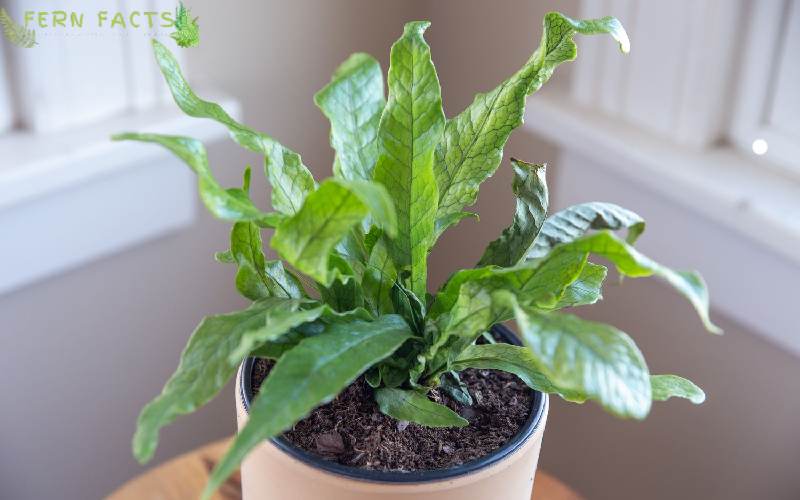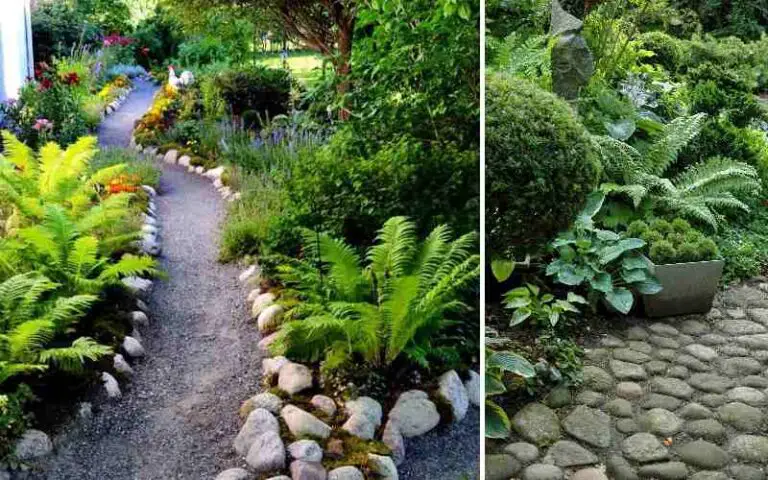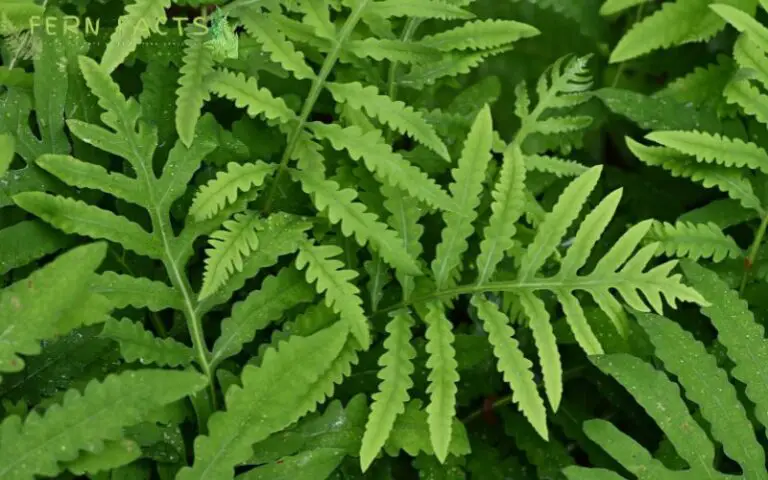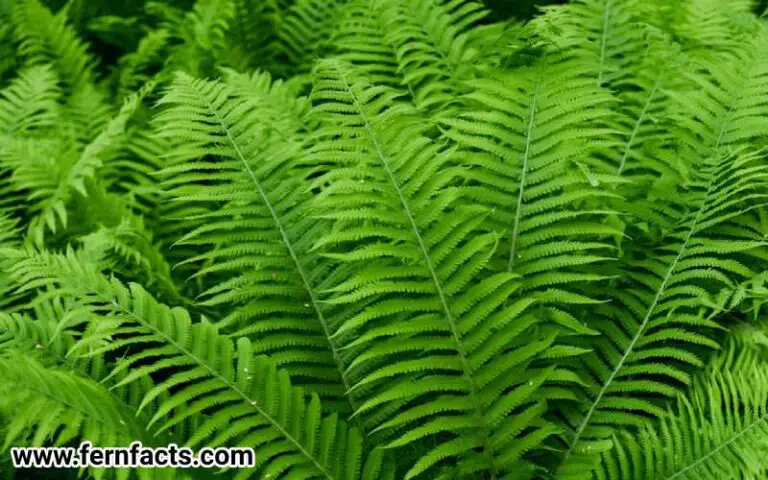Crocodile Fern Care – Tips for Growing Crocodile Ferns
If you are a beginner level of fern lover then, Crocodile ferns would be one of the best choices for you to plant in your house.
Crocodile ferns’ easy slow growth with green foliage will give your house a flourishing appearance. Therefore, in this article, I’ll provide you with Crocodile fern growing tips and care along with some maintenance tips.
By following all these guidelines, you can easily grow these Crocodile ferns in your house as a precious houseplant. So let’s go through Crocodile fern characteristics first.
Overview of Crocodile Ferns
- Botanical name: Microsorum musifolium
- Common name: Crocodile fern
- Family: Polypodiaceae
- Plants: Evergreen plant
- Native range: Southeastern, Asia, Australia
- Native habitats: tropical forest
- Shade requirements: full or partial bright place
- Height: around 2 to 5 feet
- Soil type: rich-humus, moist well-drained
- Soil pH: moderate acidic or neutral
- Hardiness zone: 9,10,11
- Tolerant: drought tolerance
Crocodile ferns have significantly leathery ferns that attract many plant lovers towards them. Their leathery appearance seems more Crocodile which reflects in their name as well.
Their long fronds basically come out from soil that grows from rhizomes. Usually, these ferns are native to Southeastern parts of Asia and a few other parts of Australia.
In those regions, these ferns prefer mostly tropical forest environments to thrive.
Since they prefer tropical moist environments, these Crocodile ferns will thrive in a moderate amount of acidic or neutral-rich soil with a well-drained system.
Similarly, they need partial to fully shaded places or bright places to thrive in nature. They cannot tolerate full sun exposure at all.
But they can tolerate extreme levels of dryness with water or moisture and still, they will thrive without any issue. They are one of the best choices for having a houseplant.
Read More: Care of Christmas Ferns
Crocodile Ferns Care and Maintenance
Crocodile ferns are pretty easy to grow plants as houseplants. They don’t need much attention, even though they are not very prone to disease or pests.
However, there are just some basic plant requirements that you need to ensure to make them thrive at your place. Here are those:
Light Requirements
In the native environment, crocodile ferns usually grow under tree canopy. Under that canopy, they get minimal exposure to direct sunlight.
This means they will require dappled or indirect sunlight in a bright place. Don’t place them in a full dark atmosphere, it may ruin their green foliage.
Try to give them their native indirect shade to thrive at your house. You can also put them in a Southwest or east-facing window in your house. Those are the appropriate places to keep them.
Water Requirements
Crocodile ferns are fond of humid conditions which means they love moist soil. Therefore, try to water the plant if the soil gets too dry.
Although they have a tolerance level of drought, however, they will need their basic water portion to grow and bloom. Hence, water them frequently according to the soil’s dry condition.
Similarly, you can also mist the plant once a week or twice a week; it will hold the moisture in the fronds as well. However, make sure you don’t pour over water or check the soil’s condition before you water.
Make sure all the water is properly drained out, then you can water them. Don’t water the plants if the soil is already wet or soggy. It might give them the root diseases
Soil Requirements
Crocodile ferns prefer rich humus soil. This means they will thrive in moderate amounts of acidic or neutral-rich soil.
Additionally, you can add perlite or peat moss to enrich the soil texture or balance the soil texture. Also, make sure you choose well-drained soil that doesn’t log water.
Proper drainage-rich soil will balance all the elements at once.
Temperature and Humidity
Since they are native tropical ferns, they cannot tolerate cold temperatures often. Their ideal temperature would be 65 degrees Fahrenheit to 75 degrees Fahrenheit.
Although they can somehow tolerate hardiness 10 to 11 more than a frigid atmosphere might kill the plants. Therefore, try to keep the plants well moist and try to balance the humidity in the atmosphere.
If they don’t get their appropriate humid conditions, their beautiful green foliage will turn brown and crispy. Hereby, You can use a pebble tray to increase the humidity level.
And so, mist your ferns daily to balance the humidity level. You can also put them in a bathroom to increase the humidity around them.
Fertilizer
You can use liquid fertilizer or water-soluble fertilizer for your crocodile ferns. Try to feed them during their growing seasons like spring and summer.
It will automatically boost your ferns’ growth healthily. Don’t overfeed them; it might burn the fronds or harm the plants.
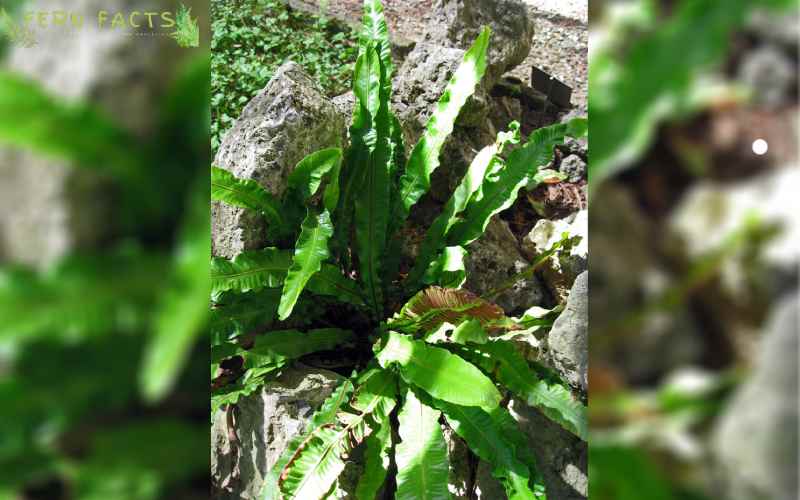
Common Pests and Diseases
Crocodile ferns are very easy-growing ferns and not very prone to disease or pests. However, they might get attacked by spider mites or scale insects. In such cases, just trim or prune the infected areas to reduce the spreading. Use neem oil or pesticides to eradicate the problem for good.
How to Potting and Repotting Crocodile Ferns?
Since they are very slow-growing ferns, they don’t require repotting very frequently. Every two to three years later you can repeat this process to enhance their growth.
For repotting, take your plant and gently remove it from the ground or pot. Losen the soil from the side surface or you can simply wash away the plants to eradicate any germs or bacteria.
Then mix the new soil with perlite, peat moss, and organic matter. Gently place your ferns in the new container.
Remember to take a minimum 2-inch bigger pot from the previous one so that they can get enough space to grow.
Then, plant your ferns there and water plants in a generous amount after being planted for the first time.
How to Do Propagation of Crocodile Ferns
Mostly, one of the easiest ways to propagate Crocodile ferns is by root division process. This is one of the simple ways to double your plant’s species.
Another method is via spores however this is a very lengthy process to do. Even it doesn’t always get successful if this is done in a very unprofessional way.
Seems like professional hands can do the spores collection process successfully. Nonetheless, we will guide you with both processes. According to your convenience, you can choose any of them.
Root Division Process
Choose the spring season for propagation as it’s their growing season. Take your chosen plant and lose the soil while removing your plant gently.
Then, dust off the soil from the plant and divide the plants by their roots with your pruning tools. You can also simply use your hand to divide.
Just ensure each part has the same amount of roots. Then replant each segment into a pot or a container or in your garden land with a new soil mixture.
Try to make rich humus soil. It will moderately help your fern’s growth. Lastly, water the plants thoroughly to retain the hydration in your plant.
Spores Collection Process
Since it’s a quite lengthy process, you need to do this process very cautiously and patiently.
In this process, choose your mature plants which have spores underneath. Take any white paper to collect the spores from underneath the fronds. Mix a container with rich soil and organic matter.
Spread the spores on the surface of the new soil and cover them with slightly soil. Later water the soil surface. Try to keep the soil moist until you see any growth.
Usually, it will take 6 to 12 weeks time to grow so at that time hold your patient and gently supervise the spores.
After a couple of weeks, you can see the new growth which means your propagation is done successfully. Then rigidly follow the normal basic caring steps to get thriving Crocodile ferns in your house.
Final Note
On a final note, Crocodile ferns are one of the best houseplant ferns to keep. Its green foliage with a slow process will give you tension-free maintenance.
However, by following simple and basic guidelines like soil, light, water, and fertilizer You can give them their ideal condition to thrive.
Since they are not very prone to diseases and other problems you can easily grow and plant these Crocodile ferns in your house.

